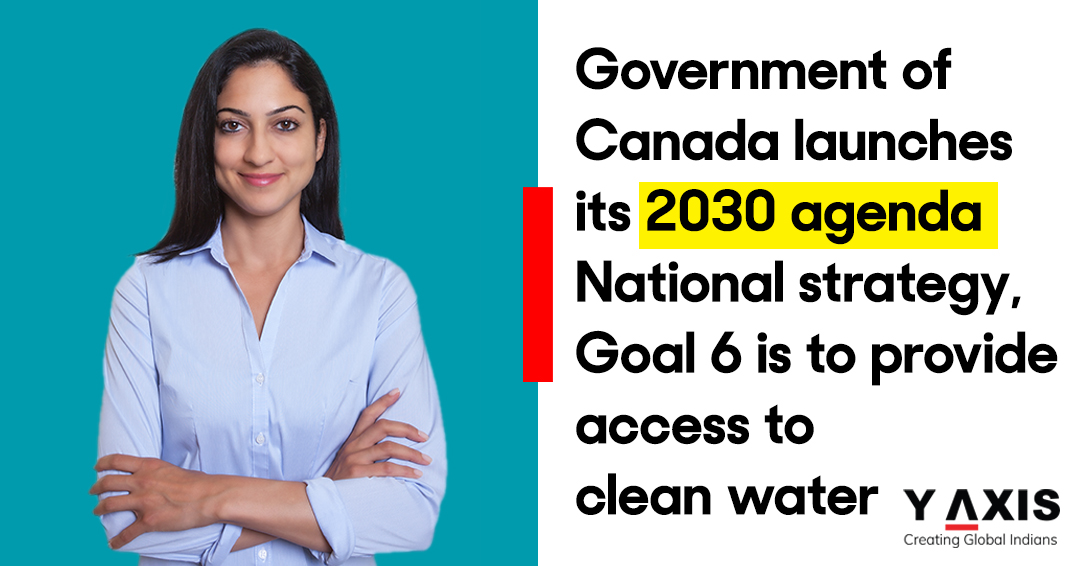Posted on March 30 2021
Government of Canada launches its 2030 agenda National strategy, Goal 6 is to provide access to clean water
By , Editor
Updated April 03 2023

Poor sanitation, combined with erratic water supply, stymies development and claims the lives of countless people, especially those living in informal settlements, where sanitation is often lacking. In urban areas, they are sometimes known as "slums." These are expected to increase in the future as a result of an ever-increasing population. Due to an ever-increasing city population requiring the sharing of already scarce and sometimes poorly controlled resources, these issues are likely to worsen in the future. Lack of adequate access to water in dense urban areas exponentially raises local pollution issues, as it is the primary factor that increases water, air, soil, and food contamination. To prevent this, one of the UN’s sustainable development goals is to ‘Ensure availability and sustainable management of water and sanitation for all’
In support of the United Nations 2030 Agenda for Sustainable Development, Canada launched a program called Moving Forward Together – Canada's 2030 Agenda National Strategy. The United Nations' 17 Sustainable Development Goals (SDGs) aim to eradicate poverty, protect the environment, and ensure that people live in peace and prosperity. One of these goals (SDG 3) is to ‘Ensure healthy lives and promote well-being for all at all ages.’
Role of government
In order to achieve this goal, the local government in Canada should help in:
Maintaining current water supply schemes and developing new ones with a long-term outlook, as well as coping with cross-cutting regional issues like industrial growth and resource scarcity, have an effect on urban water supply.
Controlling water quality and enforcing emissions, waste water discharge, and hazardous material spread regulations
Monitoring and ensuring equal access to and allocation of water resources
Providing financial incentives to the private sector for water collection, recycling, reuse, and desalination technologies
Multiple objectives
In order to achieve this goal, the Canadian government has a list of objectives it seeks to achieve by 2030, this includes:
- Achieve universal and equitable access to safe and affordable drinking water for all
- Achieve access to adequate and equitable sanitation and hygiene for all
- Improve water quality by reducing pollution, eliminating dumping and minimizing release of hazardous chemicals and materials
- Substantially increase water-use efficiency across all sectors
- implement integrated water resources management at all levels, including through transboundary cooperation as appropriate
- Protect and restore water-related ecosystems, including mountains, forests, wetlands, rivers, aquifers and lakes
Canada’s determination to ensure access to clean water for its residents is a testimony of its desire to meet the U. N’s agenda will ensure a better quality of life for everyone living in Canada including immigrants.
Tags:
Canada Immigration
canada visa
Share
Options for you by Y-Axis
Get it on your mobile
Get News alerts
Contact Y-Axis

